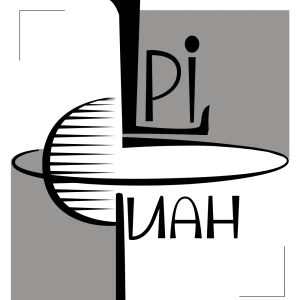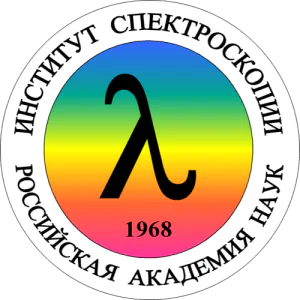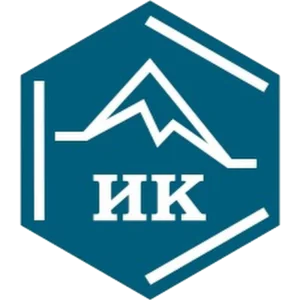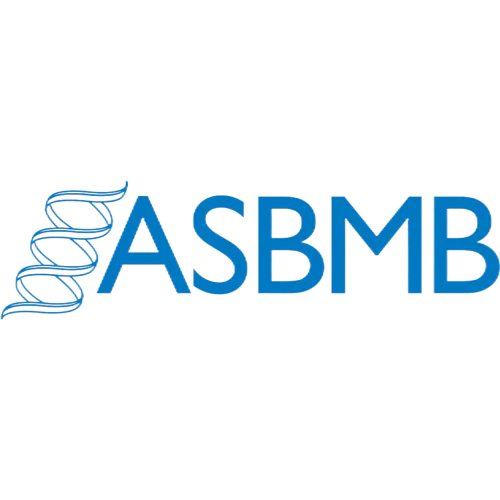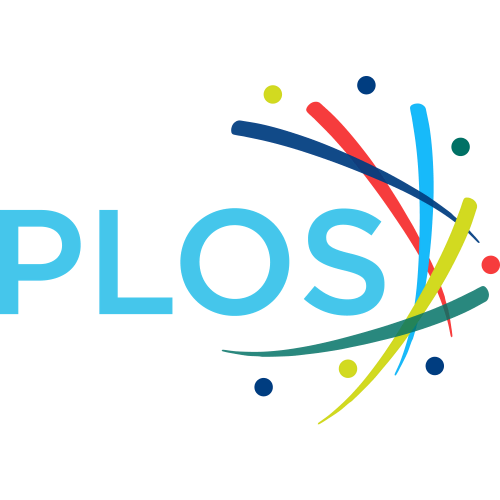Nuclear Pore Complex Is Able to Transport Macromolecules with Diameters of ∼39 nm
Bidirectional transport of macromolecules between the nucleus and the cytoplasm occurs through the nuclear pore complexes (NPCs) by a signal-mediated mechanism that is directed by targeting signals (NLSs) residing on the transported molecules or “cargoes.” Nuclear transport starts after interaction of the targeting signal with soluble cellular receptors. After the formation of the cargo-receptor complex in the cytosol, this complex crosses the NPC. Herein, we use gold particles of various sizes coated with cargo-receptor complexes to determine precisely how large macromolecules crossing the NPC by the signal-mediated transport mechanism could be. We found that cargo-receptor-gold complexes with diameter close to 39 nm could be translocated by the NPC. This implies that macromolecules much larger than the assumed functional NPC diameter of 26 nm can be transported into the karyoplasm. The physiological relevance of this finding was supported by the observation that intact nucleocapsids of human hepatitis B virus with diameters of 32 and 36 nm are able to cross the nuclear pore without disassembly.
Top-30
Journals
|
5
10
15
20
|
|
|
Viruses
20 publications, 3.05%
|
|
|
Journal of Virology
15 publications, 2.29%
|
|
|
Journal of Biological Chemistry
11 publications, 1.68%
|
|
|
Biophysical Journal
11 publications, 1.68%
|
|
|
Journal of Controlled Release
10 publications, 1.52%
|
|
|
Journal of Molecular Biology
9 publications, 1.37%
|
|
|
Cells
9 publications, 1.37%
|
|
|
ACS applied materials & interfaces
9 publications, 1.37%
|
|
|
Journal of General Virology
8 publications, 1.22%
|
|
|
Advanced Drug Delivery Reviews
8 publications, 1.22%
|
|
|
Journal of Cell Science
7 publications, 1.07%
|
|
|
Cell
7 publications, 1.07%
|
|
|
Journal of Materials Chemistry B
7 publications, 1.07%
|
|
|
Nucleus
7 publications, 1.07%
|
|
|
Nature Communications
6 publications, 0.91%
|
|
|
PLoS ONE
6 publications, 0.91%
|
|
|
Virology
6 publications, 0.91%
|
|
|
Biomaterials
6 publications, 0.91%
|
|
|
Traffic
6 publications, 0.91%
|
|
|
Advanced Materials
6 publications, 0.91%
|
|
|
Journal of the American Chemical Society
6 publications, 0.91%
|
|
|
Nanoscale
6 publications, 0.91%
|
|
|
Proceedings of the National Academy of Sciences of the United States of America
6 publications, 0.91%
|
|
|
Nanomedicine
5 publications, 0.76%
|
|
|
International Journal of Molecular Sciences
5 publications, 0.76%
|
|
|
Nature
5 publications, 0.76%
|
|
|
PLoS Pathogens
5 publications, 0.76%
|
|
|
Virus Research
5 publications, 0.76%
|
|
|
Small
5 publications, 0.76%
|
|
|
5
10
15
20
|
Publishers
|
20
40
60
80
100
120
140
160
180
200
|
|
|
Elsevier
185 publications, 28.2%
|
|
|
Springer Nature
75 publications, 11.43%
|
|
|
Wiley
61 publications, 9.3%
|
|
|
MDPI
44 publications, 6.71%
|
|
|
American Chemical Society (ACS)
40 publications, 6.1%
|
|
|
Taylor & Francis
29 publications, 4.42%
|
|
|
Royal Society of Chemistry (RSC)
25 publications, 3.81%
|
|
|
American Society for Microbiology
20 publications, 3.05%
|
|
|
Public Library of Science (PLoS)
14 publications, 2.13%
|
|
|
American Society for Biochemistry and Molecular Biology
12 publications, 1.83%
|
|
|
Cold Spring Harbor Laboratory
12 publications, 1.83%
|
|
|
Microbiology Society
8 publications, 1.22%
|
|
|
Frontiers Media S.A.
8 publications, 1.22%
|
|
|
The Company of Biologists
7 publications, 1.07%
|
|
|
Oxford University Press
7 publications, 1.07%
|
|
|
Canadian Science Publishing
6 publications, 0.91%
|
|
|
Proceedings of the National Academy of Sciences (PNAS)
6 publications, 0.91%
|
|
|
American Association for the Advancement of Science (AAAS)
5 publications, 0.76%
|
|
|
Rockefeller University Press
5 publications, 0.76%
|
|
|
Annual Reviews
5 publications, 0.76%
|
|
|
IOP Publishing
4 publications, 0.61%
|
|
|
Institute of Electrical and Electronics Engineers (IEEE)
4 publications, 0.61%
|
|
|
eLife Sciences Publications
4 publications, 0.61%
|
|
|
American Society for Cell Biology (ASCB)
4 publications, 0.61%
|
|
|
AIP Publishing
3 publications, 0.46%
|
|
|
Ovid Technologies (Wolters Kluwer Health)
3 publications, 0.46%
|
|
|
Cambridge University Press
3 publications, 0.46%
|
|
|
Pleiades Publishing
3 publications, 0.46%
|
|
|
Hindawi Limited
3 publications, 0.46%
|
|
|
20
40
60
80
100
120
140
160
180
200
|
- We do not take into account publications without a DOI.
- Statistics recalculated weekly.




